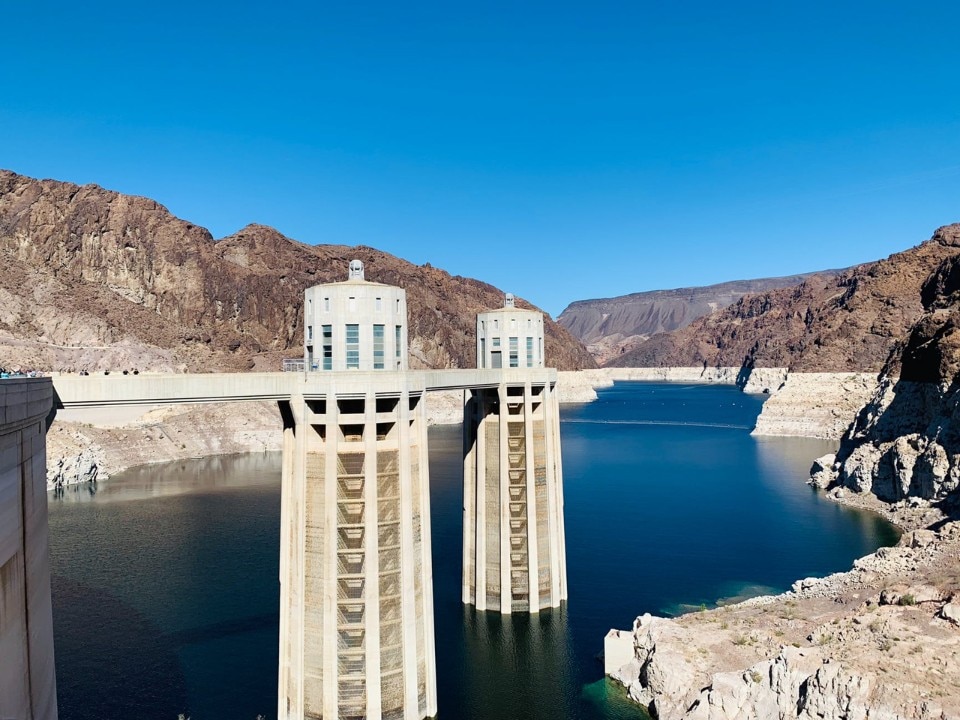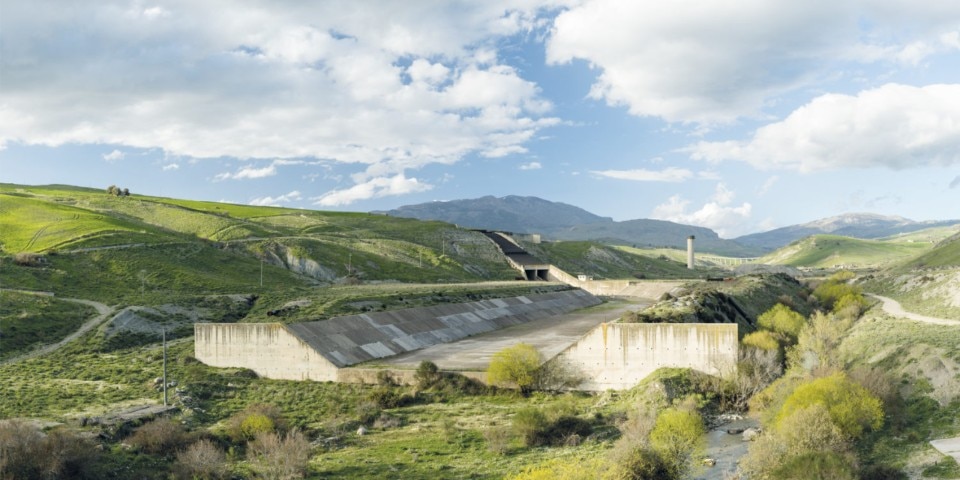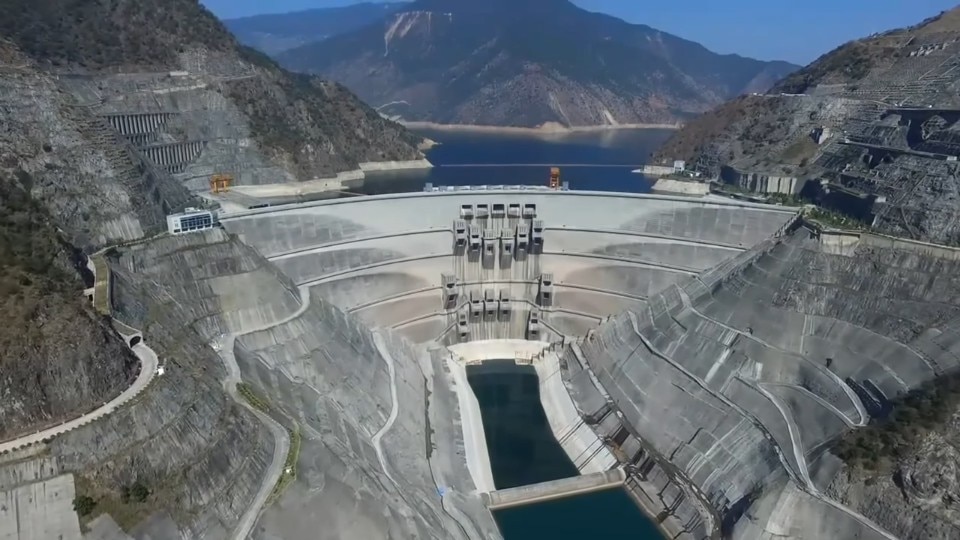The world's tallest dam is located in southern China, in Sichuan Province, and reaches a height of 305 m. Completed in 2015, the Jinping-I dam is a few meters higher than the Nurek dam (300m), located in Tajikistan, and the Xiaowan dam (292m), also located in the People's Republic of China. The Rogun Dam, also in Tajikistan, is still under construction and with its 335m it will be the future highest dam in the world.
If instead of height we consider the volume of the basin, then the largest dam in the world is located on the Zambezi River, between Zambia and Zimbabwe, and was built as far back as 1959.
The tallest dam in China – and in the world – is located on the Jinping bend of the Yalong River in the Sichuan region. Initiated in 2005, the construction of the massive facility took just 9 years. The power plant at this dam has a capacity of 3,600 MW and produces between 16 and 18 TWh of energy per year, roughly the same amount of renewable energy produced annually by the entire Sweden.
According to the definition of the International Commission On Large Dams (ICOLD), a large plant is “a dam with a height of 15 metres or greater from lowest foundation to crest, or a dam between 5 metres and 15 metres impounding more than 3 million cubic metres”.
In 2016, the Commission numbered 58,519 dams worldwide, 23,820 of which were built on Chinese territory alone. It is because of the large availability of watercourses that China is the largest dam builder in the world, being the first country for both hydroelectric installed capacity and added capacity.
Without them, it would not be possible to irrigate fields or supply water to urban centres on a large scale and in a planned manner. These infrastructures allow cultivation even in arid lands and protection from the “caprices” of nature. Historically, they have therefore been an instrument of civilisation and technological colonisation.

According to ICOLD, “China’s dam building efforts are not confined to its national territory. In response to a saturated domestic market, Chinese investments in the construction of new facilities are moving abroad. There are currently over 330 dams built by Chinese firms worldwide, 40 percent of which are located in South Asia and a third in Africa.”
However, this attitude is not just about recent history. It is enough to think that among the most important historical cases there is that of the Lake Homs Dam, also called Qattinah Dam, built by the Roman Emperor Diocletian in 284 AD in Syria, and which after more than 1700 years is still in use and in excellent condition. With a capacity of 90 million cubic meters, it is the largest infrastructure built at that time.

Italy currently has 532 dams (of which only 382 are actually in service), which under the constant attention of the Servizio Tecnico Nazionale Dighe e Infrastrutture Idriche e Elettriche. Despite the glories of the past and the excellence in the field of engineering that Italy exports all over the world, the large dams – and the major infrastructures in general – are under special surveillance, due to accidents and disasters that punctually remind us of the fragility of our territory.
If in recent years Italy has not excelled in the infrastructure industry, here we can find new artistic and human interpretations of landscapes that need permanent care and maintenance. This is the case of the Incompiuto Siciliano project which, on the occasion of the nomadic biennial Manifesta, took possession of the unfinished Blufi Dam, a few kilometres from Palermo. Together with students and international guests, the artists temporarily revived the abandoned facility and showed a landscape that can be sublime if watched with a different perspective.

Similarly, the company OHT - Office for a human theatre tells the story of Curon, a small South Tyrolean town displaced and completely submerged in 1950 for the construction of a large dam. In the theatres, OHT reproduces the bell tower of a church that still stands out among the waters of the reservoir and combines the set design with the music of the Estonian composer Arvo Pärt. The slowed down narration deals with the ambiguous and always unresolved relationship between man and landscape.
Could these interpretations give rise to new ways of conceiving infrastructure? What are the major works of the future? Will we continue to consider the magnificence of a dam from its height?


